Liscrona House
Houses within 15km of this house
Displaying 27 houses.
Houses within 15km of Liscrona House
Displaying 27 houses.
| House name | Description | |
|---|---|---|
| Ballard | The residence of John Singleton in 1814. Occupied by the Reverend M. Comyn Parish Priest in 1837 and by John Singleton who held from William Gabbett at the time of Griffith's Valuation. | |
| Knocknagore | A house on the Stacpoole estate built by Edmund Mahony who Weir writes married Mary Stacpoole of the Eden Vale family and still occupied by their descendants in the 20th century. | |
| Kilballyowen Lodge | A house on the Westby estate occupied by Thomas Keane at the time of Griffith's Valuation and valued at £8. The house was the home of George Copland Studdert in the 20th century. | |
| Carrigaholt | Occupied by George Nolan in 1814 this house was the home of a branch of the Burton family for much of the 19th century, held in fee. Valued at £25 at the time of Griffith's Valuation, the original house no longer exists. Weir writes that a reconstructed three bay residence now occupies the site. The 16th century castle still stands in what were the demesne grounds. |

|
| Mount Pleasant | An 18th century house that was the home of Richard Bury, son of John Bury of Shannon Grove, county Limerick. In the 19th century it was the residence of the Cox family. Griffith's Valuation shows that Captain J. Cox held the property from the representatives of Anthony Hickman. The house was valued at £22. Two other houses in the townland of Clarefield were also occupied by members of the Cox family, Kate Ville and Mary Ville. This house is now a ruin. |
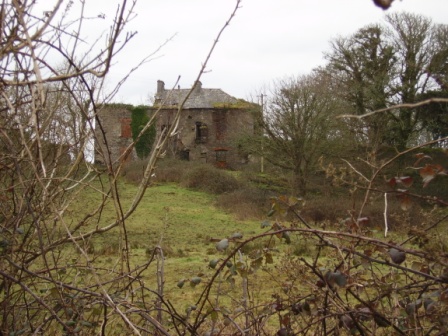
|
| Ballykett | Home of a branch of the Hickman family in the 18th century. Weir writes that the Tymons lived here at the end of the 18th century. Occupied by Thomas Pilkington in 1814 and later by the O'Donnell family and then the Brews. No house is named on the first Ordnance Survey map of 1842. George Brew held a house valued at 2 shillings at the time of Griffith's Valuation. The original house was demolished and replaced by a late 19th century house. Also known as Elmgreen, Taylor and Skinner's map 1778 shows two houses beside each other named Elmgreen occupied by Hickman and Ballykett by Monsell. | |
| Querrin | Originally built in the Dutch style by the Van Hogart family who intermarried with the Hickmans of nearby Ballykett. Later the home of the Borough family, William Borough was resident in 1814 and it was later occupied by their descendants, the Counihans. Dr John F. Counihan was in possession of Querrin in 1906. This house close to the shore of the Shannon is still a family home, old walls are still evident and the house has been modernised. |
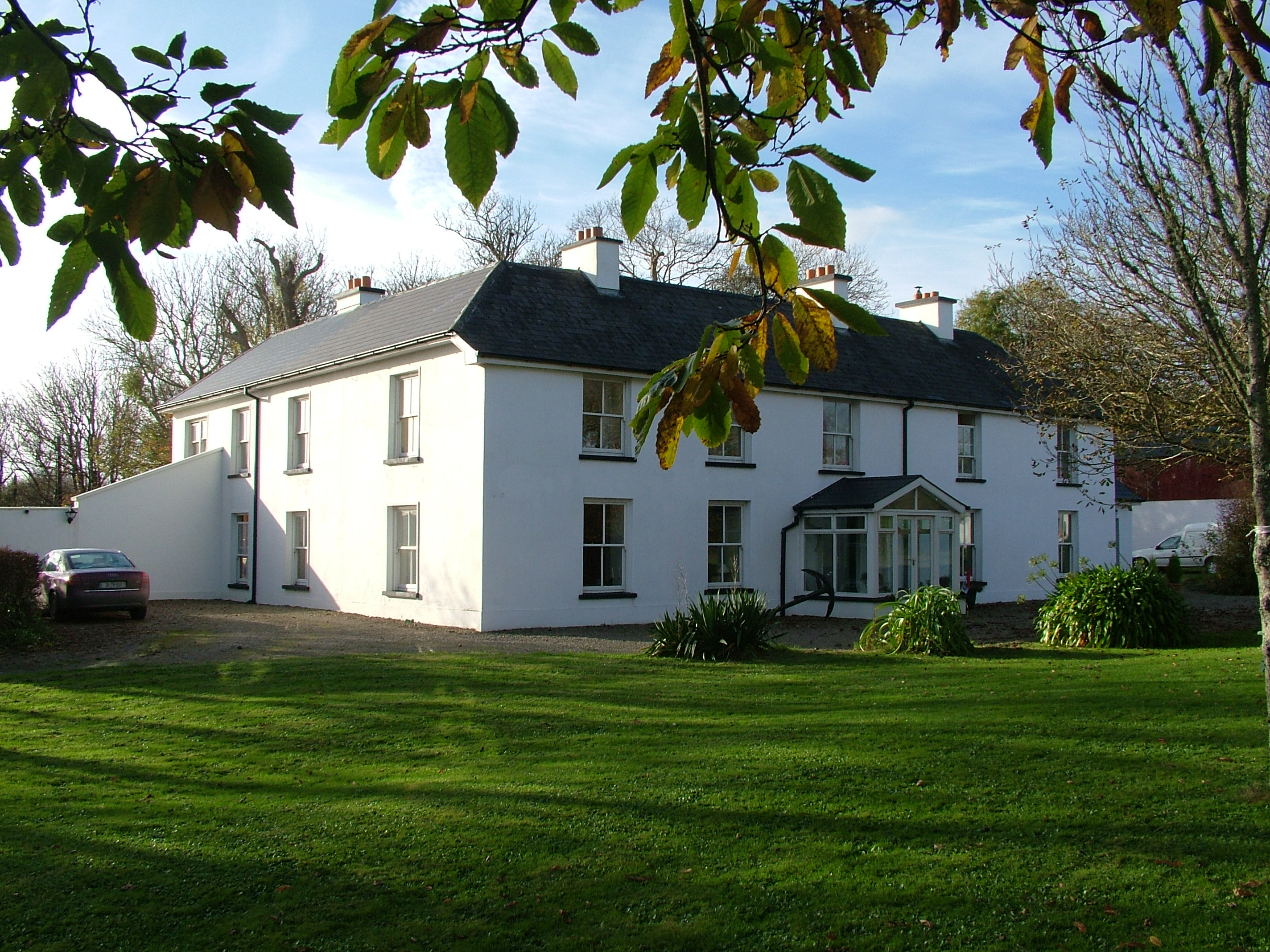
|
| Cappagh House (Kilrush) | Occupied by John Trousdell in 1814. Later the home of the Blairs who intermarried with the Persses of Moyode, county Galway. At the time of Griffith's Valuation it was occupied by William Blair leasing from the Vandeleur estate when the house was valued at £14. The property was labelled Cappagh House on the 25-inch Ordnance Survey map of the 1890s. Modern building has taken place in the area. | |
| Broomhill House | Situated just north of Kilrush. Weir writes that this was an old house built before the town of Kilrush. It was occupied by Robert Parkinson in 1814 and by John Kelly at the time of Griffith's Valuation who held it from Colonel Crofton M. Vandeleur. A house is still extant at the site. | |
| Kilrush House | An early 19th century house, home of the Vandeleur family, though they were in residence in the eighteenth century as Wilson refers to Kilrush as the seat of Crofton Vandeleur in 1786. In the mid 19th century it was valued at £85. In 1897 it was completely destroyed by an accidental fire. The site of the house is now a car park for those wishing to visit the Vandeleur Walled Garden, which has recently been restored, or to walk in the woods. |
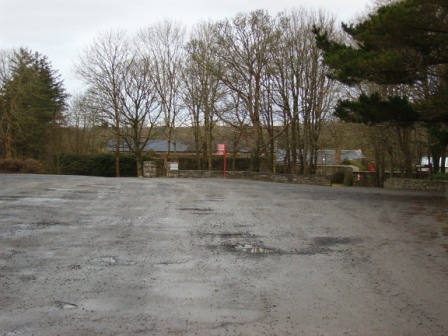
|
| Shannon View | A house on the Vandeleur estate, occupied by S. O'Donnell in 1814 and by Simon O'Donnell at the time of Griffith's Valuation. Buildings still exist at the site. | |
| Pella House | A Studdert home on the Vandeleur estate valued at £13 in the mid 19th century. Weir writes that the house was built by Admiral John Fitzgerald Studdert and it remained a Studdert home until 1900. Though a house is still extant at the site the original house is now ruinous. |
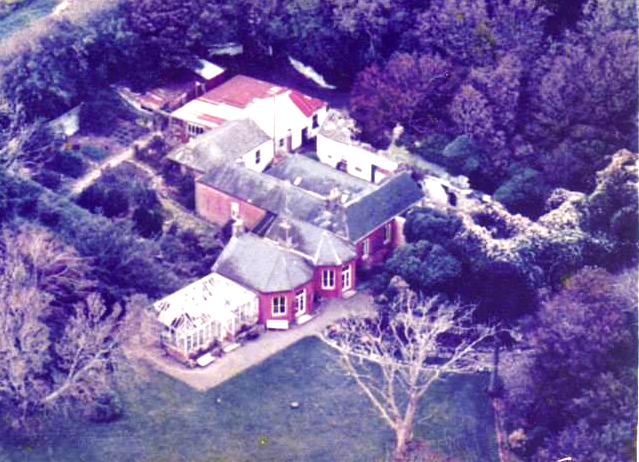
|
| Aghangran House | Joseph Dexter was leasing this property from the Blacker estate at the time of Griffith's Valuation, when it was valued at £4. Leet recorded it as the seat of Thomas O'Connor in 1814. In 1837 Lewis mentions the house as the residence of J. O'Connor. The Ordnance Survey Name Books mention that John O'Connor was leasing the property from Maxwell Blacker in the 1830s. Bary notes that the house was associated with the O'Connor family earlier in the nineteenth century. It was later burned and subsequently demolished. | |
| Carrigafoyle Castle | Charles L. Sandes was leasing this property to Stephen Sandes at the time of Griffith's Valuation, when it was valued at £19 10s. It is described on the 1st edition Ordnance Survey Map as Carrigafoyle Castle but on the later 25" edition as Carrigafoyle House. In 1786 Wilson refers to it as "the ancient mansion of O'Connor Kerry, formerly a place of great strength and important.. but now serving as a store to transport goods from the adjacent places to Limerick". |
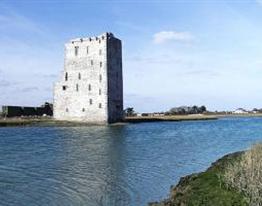
|
| Killelton House | Charles L. Sandes was leasing this property to William Hickie at the time of Griffith's Valuation, when it was valued at £33. Bary writes that this Hickie family were originally from Tulla, county Clare, but moved here after the Cromwellian confisciation of the 1650s. They remained in possession of the property until the 1920s. The Irish Tourist Association survey mentions that it was formerly the home of the Higgins-O'Connor family but by the 1940s was in poor repair. The original house is now a ruin. | |
| Letter House | John Wren was leasing this property to Alicia Wren at the time of Griffith's Valuation, when it was valued at £13. Lewis records it as the seat of G. Wren in 1837. In 1814 Leet refers to Litter as the residence of John Wren. Bary writes that Letter was originally a Blennerhassett property which passed to the Wren family through marriage., It is still extant and owned by descendents of that family. | |
| Rushy Park or Rusheen Park | At the time of Griffith's Valuation, Rev. Samuel Leonard was leasing this property to Thomas O'Connor, when it was valued at £9 15s. Bary writes that this house was in the Leonard family in the early nineteenth century. It was demolished in the early twentieth century and a new house constructed at the site. | |
| Spraymount | Sophia Herranc was leasing this property to Anne Raymond at the time of Griffith's Valuation, when it was valued at £5 5s. An adjacent property was being leased by Anne Raymond to William Hartnett, valued at £6. Lewis refers to "Spraymount" as the seat of Capt.W, Raymond in 1837. It is no longer extant. | |
| Ballyeagh House | Sophia Herranc held this property in fee at the time of Griffith's Valuation, when it was valued at £3 10s and part of a holding of 540 acres. It is described as a Steward's House. This appears to be Ballyeagh House, built after the 1st Ordnance Survey map was published and labelled as such on the later 25-inch map of the 1890s. Now the site of a large farm. | |
| Killehenny Lodge | Robert Cashel was leasing this property from the estate of Lady Burghersh at the time of Griffith's Valuation, when it was valued at £5 and part of a holding of over 280 acres. Bary notes that, in the eighteenth century, this house had been associated with the Tidmarsh family. It is no longer extant and the area is covered by housing. | |
| Belleview/Bellevue | A house located on the Vandeleur estate close to the town of Kilrush, the residence of Captain Jewell in 1814 and of Nicholas S. O'Gorman at the time of Griffith's Valuation, when it was valued at £11. Weir writes that this was a late 18th century house, still extant. |
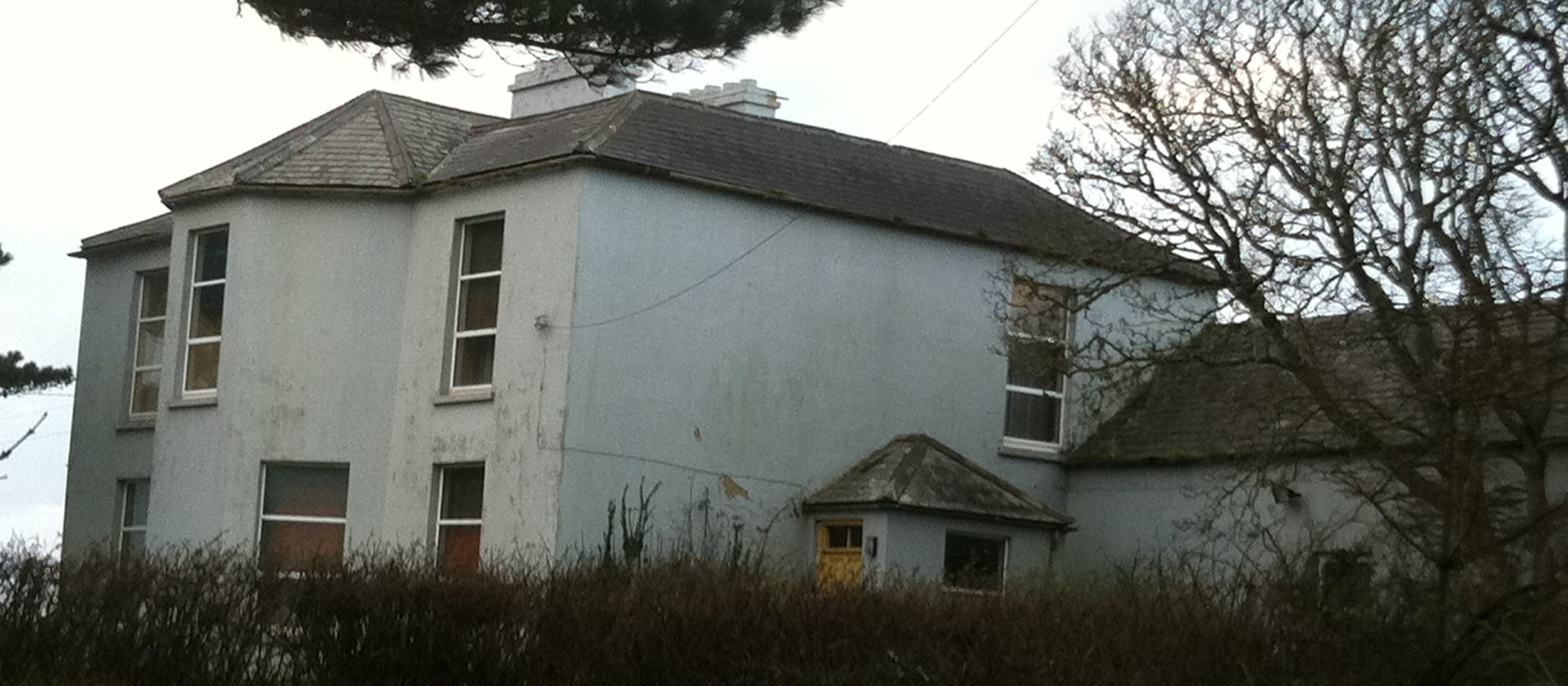
|
| Cappagh Lodge | Another larger house in Ballynote West townland, valued at £18 at the time of Griffith's Valuation and occupied by Robert H. Borough, who held it from Nicholas S. O'Gorman. This house is labelled Cappagh Lodge on the 25-inch Ordnance Survey map of the 1890s. Local sources indicate it was later occupied by the Butler family. Later in the twentieth century it was taken over by the Ryan family whose descendants still live there. | |
| Fort House | This house near the town of Kilrush was the residence of John Trousdell in 1814. Occupied by Richard Studdert in the early 1850s who held the house valued at £7 and three acres from Brew Cox Donovan. Weir writes that it was the agent's house for the Vandeleur estate at one time. | |
| Summer Lodge | Part of the Studdert estate held from the Marquis of Conyngham, the buildings were valued at £12+ at the time of Griffith's Valuation and the house was in the occupation of Jonas Studdert. A house still exists at the site. | |
| Atlantic Lodge | The home of a branch of the Studdert family of Clonderalaw in the mid 19th century held from the Marquis of Conyngham. It was the main residence of Jonas Studdert and was valued at £18 + in the early 1850s. The house is labelled Atlantic House on the 25-inch map of the 1890s and a coastguard station was built to the rear. Modern housing has now been built at the site. | |
| Rusheen House | In 1786 Wilson refers to Rusheen as the seat of Mr. Crosbie. The 1st edition Ordnance map of the townland shows both Rusheen House and the site of "Rusheen Old House". At the time of Griffith's Valuation Stephen Sandes was leasing this property from the Crosbie estate. It included a herd's house valued at £1 5s. Bary writes that there were several marriages between members of the Crosbie and Sandes families in the eighteenth and nineteenth centuries. The house is no longer extant. | |
| Querrin Lodge | Querrin Lodge was enlarged after the publication of the 1st edition Ordnance Survey Map and Griffith's Valuation. Borough family history indicates that it became the property of Randal Borough of Cappagh Lodge in the early 1850s. It is labelled Querrin Lodge on the 25-inch edition map of the 1890s. The building is still extant but derelict. |

